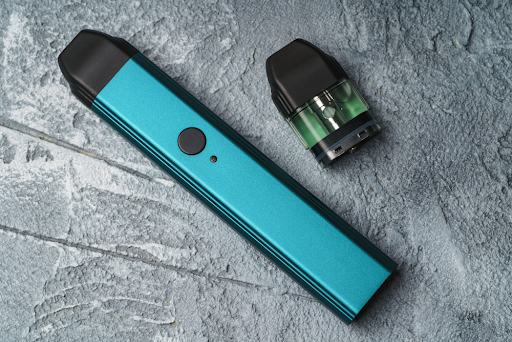How do injection molding machine solve the problems of injection and flow lines in production?

Shot lines and flow marks are common surface defects in molded parts, appearing as visible streaks or weld lines where the melt fronts meet. These defects affect aesthetics, mechanical strength, and customer satisfaction. Address these issues with precision-controlled process parameters, advanced mold design, and real-time monitoring provided by Topstar’s injection molding machines.
Injection speed and pressure profiles for injection molding machine
An optimized fill phase is the first line of defense against shot and flow marks. On the injection molding machine, engineers develop multi-stage injection speed and pressure profiles based on part geometry and polymer rheology. First, a high-speed “fast fill” phase pushes the melt quickly into thin-walled parts, promoting uniform cavity pressure distribution and reducing premature skinning. Next, the machine transitions to the “holding” phase, where it calibrates pressure to compensate for material shrinkage and enhance the integrity of the melt front.
With servo-driven plastic injection molding machines, molders can precisely adjust acceleration, speed limits, and pressure setpoints with sub-millisecond resolution. This fine control ensures that the melt fronts meet in the center of the part, minimizing shear contrast and smoothing out potential flow lines. Process simulation integrated into the machine control software guides the molding process and predicts the best transition points to balance speed and stability.
Mold temperature control for uniform melt front distribution
Uneven mold temperature can cause localized skinning and resistance to melt flow, which can exacerbate flow marks. Plastic injection molding machines equipped with multi-zone mold temperature controller technology can solve this problem by maintaining uniform cavity surface temperature. For semi-crystalline resins such as nylon, mold temperatures between 80°C and 120°C can delay the formation of skinning and allow the melt front to bypass obstacles seamlessly.
In practice, ±1°C stability can be achieved by installing thermocouples near critical locations and using closed-loop PID control. Dynamic regulation, where the mold temperature controller increases the cavity temperature during filling and decreases it during cooling, can further optimize cycle time and part quality. By stabilizing mold temperature, the injection molding machine eliminates one of the leading causes of visible flow marks.
Optimizing gate design and location
Proper gate design and location on plastic injection molding machines ensure a balanced filling pattern and avoid weld lines in high-stress areas. Specifically, engineers typically select fan, submerged, or tab gates based on part geometry and material. Moreover, placing gates equidistant from regions of high flow resistance creates a symmetrical melt front, which prevents flow lines from different temperatures colliding.
For instance, Topstar’s injection molding machines support hot tip or hot runner systems, which maintain gate temperatures within a narrow window, thereby reducing freeze-up and pressure peaks. Finally, by optimizing gate geometry and correlating these parameters with the injection molding machine’s profile, engineers can achieve consistent melt front integrity and reduce flow mark defects.
Material Melt Temperature and Rheology Control
Melt temperature directly affects both the viscosity of the polymer and the cohesion of the flow front. On plastic injection molding machines, setting the barrel temperature within ±2°C of the resin’s ideal processing window ensures uniform melt viscosity. For amorphous materials such as ABS, molders typically target temperatures of 230-250°C, whereas engineering-grade nylons may require temperatures of 270-300°C. Servo-controlled barrel heaters and temperature zones enable the injection molding machine to maintain the desired temperature gradient along the screw path, preventing local overheating or overheating. Additionally, dynamic backpressure regulation during plasticization enhances melt mixing and achieves temperature homogeneity.
Screw Design and Backpressure Management
The screw geometry of a plastic injection molding machine directly affects shear heating and melt uniformity—both of which are critical to preventing flow marks. Specifically, high-performance screws for barrier or mixing applications feature extended transition zones not only to enhance resin temperature but also to minimize the formation of unmelted particles. When combined with optimized backpressure, this design further ensures uniform melt characteristics throughout the injection process.
Variable backpressure profiles programmed into the injection molding machine’s control system ensure that the melt maintains a constant viscosity as it flows out of the barrel, minimizing viscosity gradients that can form flow marks. Regular monitoring of torque and melt pressure can detect screw performance degradation early, allowing preventive maintenance before defect rates increase.
Mastering the Injection Molding Machine Flow Line Prevention Method
Preventing shot and flow marks on plastic injection molding machines requires a comprehensive strategy that covers injection profile analysis, mold temperature control, gate optimization, melt rheology management, screw design, cooling balance, and real-time adaptive control. By implementing the corresponding strategies, Topstar’s industry-proven approach enables molders to achieve impeccable surface quality, minimize scrap, and maintain stable production capacity.






